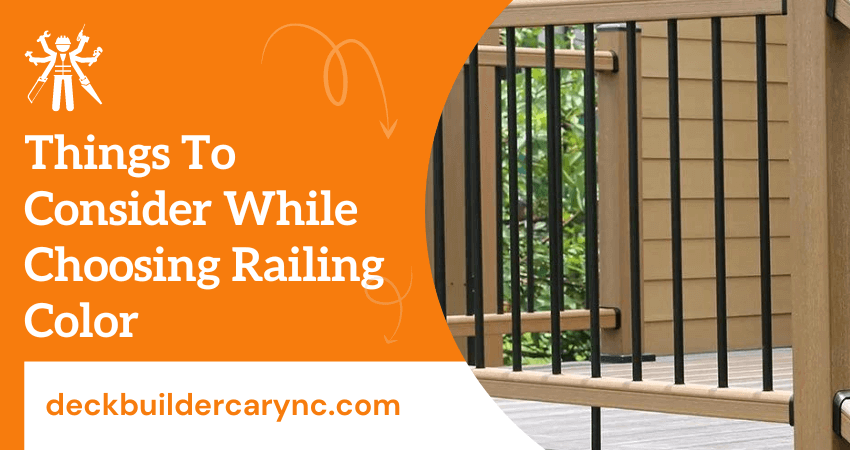When it comes to construction, something that every homeowner needs to be aware of is the importance of correctly attaching your joist hangers. While there are many different options available for both residential and commercial applications, one common method for securing your joists is by resting them on a beam – but should you go this route?
In this blog post, we’ll look at the pros and cons of using joist hangers vs resting your floor joists on a beam so that you can make an informed decision about what’s best for your project.
Joist Hangers vs Resting on Beam
When it comes to hanging joists, you have two choices: using joist hangers or resting the joists on top of a beam. Both options have advantages and disadvantages that depend on your project.
Joist hangers
Joist hangers are metal brackets designed specifically to hold the joists in place, providing a secure connection between the wall and the joists. They are commonly used when the joists must be raised off the ground or if there is an obstruction beneath the floor that cannot be removed. Joist hangers are also beneficial because they can transfer more of the load directly to the wall, reducing strain on other components of the structure.
However, joist hangers tend to be more expensive than resting the joists on a beam and they require additional preparation of the wall for installation. Additionally, joist hangers may be difficult to install correctly if you lack experience with metalworking or carpentry tools.
Resting on beam
For some projects, resting the joists directly on top of a beam is an effective, cost-efficient option. This method can reduce the time spent preparing for installation and eliminate the need to purchase joist hangers.
However, it’s important to make sure that the beam is strong enough to support the weight of the joists, as well as any other load they may be born. If you choose this option, it’s also important to make sure the joists are securely fastened to the beam and that there is sufficient space between them. In some cases, additional braces may be necessary to ensure that the joists stay in place.
Ultimately, the best option for hanging joists depends on your specific project requirements. Joist hangers may be the right choice if you need a secure connection and are willing to pay the additional cost.
On the other hand, resting on a beam can be an economical alternative that is relatively simple to install. Be sure to consider all of your options before making a decision.
No matter which method you choose, it’s important to make sure your floor joists are securely attached. This is the foundation of your home and any mistakes can have serious consequences in the future.
Tips to properly install joist hangers or beams
By following these tips and taking the time to properly install your joist hangers or beams, you can ensure that your floor joists are safe and secure.
- Make sure the joist hangers or beams are the correct sizes for your project. Joist hangers and beams come in various sizes, so ensure that you choose a size that is appropriate for your floor joists.
- Check to make sure the joist hangers and/or beams have been designed for outdoor use or the environment they will be placed in.
- Clean and prepare your surface before installing the joist hangers or beams. Make sure to remove any debris, dirt, or other particles that may interfere with securing them correctly.
- Use mortar mix to anchor the joist hangers into a solid substrate such as a concrete wall or floor. Apply a generous amount of mortar mix to the area where your joist hangers or beams will be secured and then press the joist hangers into place. Allow time for the mortar mix to dry before moving on to securing other joists.
- Drill pilot holes into each joist as well as the existing structure. This will ensure that your joist hangers are properly connected to the surface and not just nailed into place.
- If you’re using nails, use galvanized steel or stainless steel for optimal protection against corrosion. Also, make sure the nails are long enough to provide a secure hold of your joists.
- Level the joists before fastening them into place. This will prevent any bowing or buckling of your floor joists once they are connected to the structure.
- Finally, finish off by caulking around each joist hanger and/or beam with a waterproof sealant to protect them from moisture damage.
Following these tips will help you properly install your joist hangers and/or beams, ensuring that your floor joists are safe and secure. Taking extra time to prepare the surface, check the size of your joist hangers or beams, drill pilot holes and caulk around each one with waterproof sealant will give you peace of mind that your floor joists are secure.
These tips will help you install joist hangers and/or beams safely and securely so that your floor joists are well-supported for years to come. With a little extra care, you can enjoy the peace of mind that comes with knowing that your floor joists are safe and secure.
Pros and Cons of using joist hangers vs resting on a beam
Pros of using joist hangers:
- Easy to install and adjust to fit the specific size of joists
- Provide a secure, reliable connection between joists and load-bearing beams or wall foundations, which ensures structural integrity
- Can be used with any type of lumber material including pressure-treated wood
- Keeps moisture away from the connection, reducing the chances of wood rot and decay
Cons of using joist hangers:
- Joist hangers add extra cost to a construction project
- If not installed correctly, they can reduce the strength of the structure
- Difficult to adjust once nailed in place
- Can be difficult to remove if a repair or replacement is needed
Pros of resting joists on a beam:
- Much cheaper than using joist hangers
- Easy to adjust the position of the joists after they are installed
- Joists can be easily removed and replaced if needed
- No special tools or skills are required to install the joists
Cons of resting joists on a beam:
- Without proper securing, the connection can become weak over time due to shifting or settling of the building
- There is an increased chance for wood rot and decay from moisture entering the connection point
- Not suitable for all types of lumber, including pressure-treated wood
- Not as strong or reliable as joist hangers for supporting heavier loads.
Conclusion
As we’ve explored, there are distinct differences between the two methods of supporting joists-resting on the beam or installing joist hangers. Both approaches have their respective advantages and disadvantages that must be evaluated by a builder for each job.
Fortunately, for most typical residential construction tasks, both approaches are typically viable. Of course, to ensure the best performance and long-term durability over seasons of use and changing weather conditions, it is always best practice to consult a professional construction expert before project installation.
In the long run, completing the job correctly the first time will ultimately save time, money and frustration. Hopefully, this article has given you greater insight into comparing joist hangers vs resting on the beam so that you can accurately identify which application will be best suited for your particular needs.




